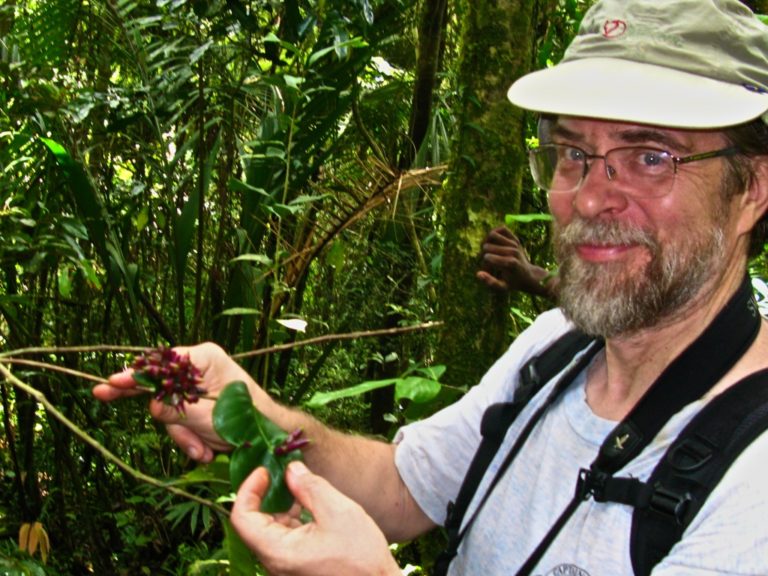BBVA Foundation grants the Frontiers of Knowledge Award in Ecology to Finland’s Ilkka Hanski
Finnish ecologist Ilkka Hanski has been distinguished with the BBVA Foundation Frontiers of Knowledge Award in Ecology and Conservation Biology for opening up a new branch of ecology – metapopulation biology – which combines field work and mathematical modeling to predict how species will be affected by the pressing problem of habitat fragmentation by human action.

Hanski has developed mathematical models that allow predicting the viability of populations of many species and habitats. In its statement, the award’s international jury emphasizes that “the impact of Professor Hanski’s work increases as habitats become more and more fragmented by anthropogenic influence.”
“Human activity increases the degree of fragmentation, so it is vital to know what the consequences are. Metapopulation theory helps us devise strategies to improve population survival. A typical example would be the optimal design of a reserve, deciding how it should be organized so it can fulfill its function with the least possible impact on species,” explains Hanski.
His contributions inform many of the conservation initiatives around us today, from the design of protected areas to the creation of biological corridors or environmental impact studies prior to major infrastructure developments. It is also used to define conservation strategies in fragmented habitats or habitats affected by forces like deforestation, urbanization or climate change.
Mathematical models of metapopulation biology allow us to quantify the degree of habitat fragmentation a given species can withstand. In other words, to “determine the critical threshold beyond which fragmentation is fatal and the species is lost,” as Hanski himself explains in this video.
Human health applications: Cancer, epidemics, and immune system
As Hanski explains, “the metapopulation concept, has been incorporated into many different areas of research.” In cancer research, for instance, it is used to study the behavior of tumor cell populations. In epidemiology, knowing the critical size of a metapopulation network can help fight the spread of a disease.
Hanski himself has studied the link between the human immune system and the various microorganism communities that populate the human body (microbiome). According to his research, the biodiversity degree to which individuals are exposed and the behavior of their microbiome have implications for the state of their immune system. “After all, for our microbiome we ourselves are fragmented habitats, and it is intellectually fascinating to work with colleagues from other fields, such as immunology.”
Butterflies and beetles, a source of inspiration

Hanski (Finland, 1953) first got interested in population distribution in the late 1970s, as a doctorate student at the University of Oxford (United Kingdom). His attention was drawn to dung beetles, and the way different species clumped together in cattle pats. He began using mathematical models to describe the behavior of each species.
At the end of the 1980s, back home in Finland, he commenced studying the Glanville fritillary butterfly (Melitaea cinxia). He was inspired in this endeavor by the visit to Finland of Stanford entomologist Paul Ehrlich (United States), a Frontiers of Knowledge laureate, although Hanski himself had been a keen butterfly collector in his childhood years.
He selected a large study area in the Åland Islands, in the Baltic Sea, where thousands of dry meadow patches provided the ideal fragmented habitat. From the early 1990s, Hanski and his students conducted an annual census of the butterflies present in each meadow, to refine their models and test their predictions.